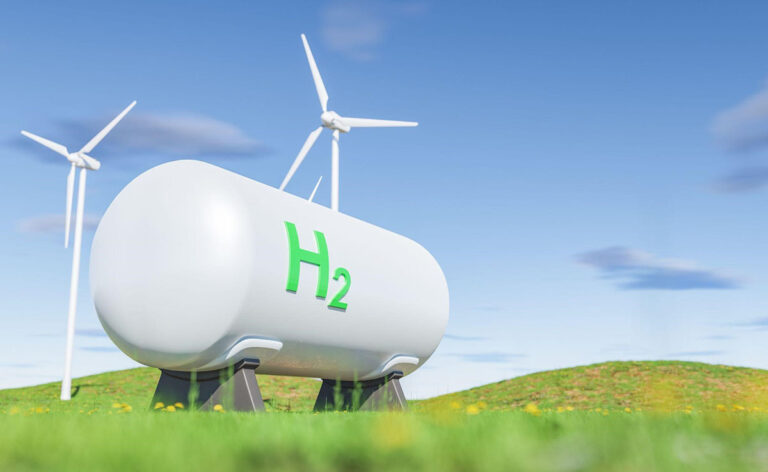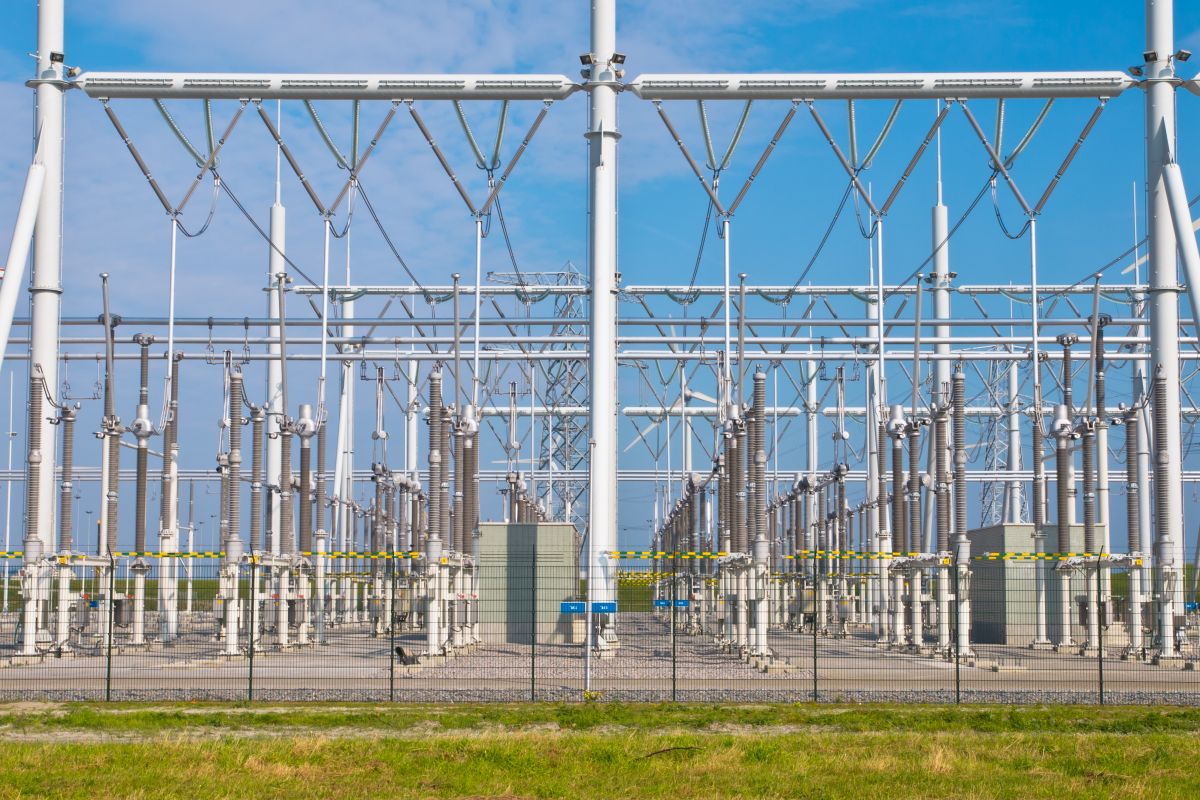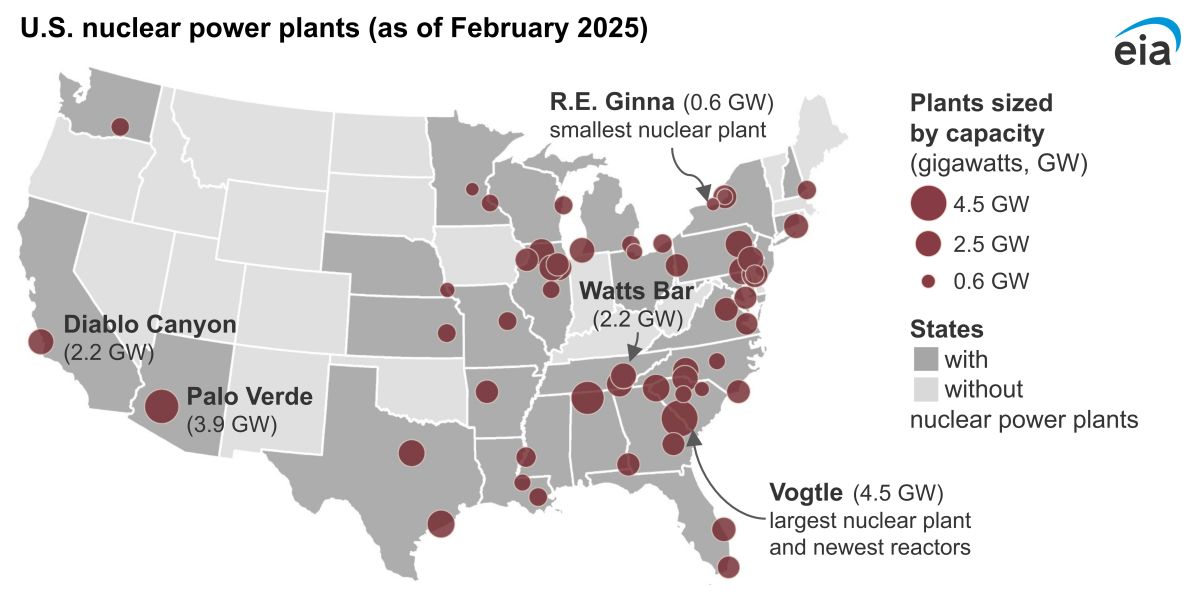In the quest for sustainable and clean energy solutions, one contender has emerged with significant potential: green hydrogen energy. As one of the most promising hydrogen energy solutions, green hydrogen can revolutionize how we power our lives while addressing the challenges of climate change and reducing carbon emissions. According to the IEA, global CO2 emissions need to fall by about 45% from 2010 levels by 2030 to reach net zero by 2050.
Understanding Hydrogen Energy Solutions: The Role of Green Hydrogen
To appreciate the significance of green hydrogen, it’s essential to differentiate it from other forms of hydrogen. The colored hydrogen types, primarily blue and green, are distinguished by their production methods. While blue hydrogen is produced from natural gas, releasing carbon dioxide in the process, green hydrogen is produced using renewable energy sources. This distinction makes green hydrogen a truly clean energy solution, free from carbon emissions.

Why Companies Are Investing in Green Hydrogen Solutions
The potential of green hydrogen has not gone unnoticed. Numerous companies have done their research on the potential of green hydrogen solutions and now they’re focusing on developing ways to utilize its potential. These companies, along with established hydrogen producers, are investing heavily in green hydrogen projects. Their aim? To make hydrogen on demand a reality for various industries and applications. The global hydrogen demand is expected to increase from 70 million tonnes in 2019 to 120 million tonnes by 2024, aligning with the United Nations’ seventh goal of ‘affordable and clean energy.’
Organizations like the Green Hydrogen Coalition are working tirelessly to promote the adoption and integration of green hydrogen into our energy systems. Their efforts are supported by the increasing number of green hydrogen projects worldwide, showcasing the feasibility and benefits of this energy solution.
Blue Hydrogen vs Green Hydrogen: A Clear Winner
When comparing blue hydrogen vs. green hydrogen, the latter emerges as the superior choice for a sustainable future. While blue hydrogen has its merits, it still relies on fossil fuels. Green hydrogen, on the other hand, leverages renewable energy sources like wind, solar, and hydropower, ensuring a minimal carbon footprint.

Hydrogen Energy Solutions: A Sustainable Future
The concept of a hydrogen power plant is no longer a distant dream. These plants, powered by green hydrogen, can generate electricity without the harmful emissions associated with traditional fossil fuel-based power plants. In 2022, the total global hydrogen production stood at 95 Mt (megatonnes), with low-carbon and renewable hydrogen production reaching 0.7 Mt. The projection for 2030 is between 70 to 125 Mt/yr for renewable hydrogen production.

Addressing the Concerns: Disadvantages of Hydrogen Fuel Cells
Like any emerging technology, there are challenges to overcome. Some disadvantages of hydrogen fuel cells include their high cost and the complexities associated with hydrogen storage. The hydrogen fuel cell price, for instance, has been a barrier to its widespread adoption. However, as with all technologies, costs are expected to decrease as production scales up and innovations continue.
The Versatility of Green Hydrogen Solutions
One of the standout features of green hydrogen is its versatility. Apart from powering vehicles and plants, it can be used in hydrogen fuel cell generators. These generators can provide backup power in emergencies or be used in remote locations where traditional power sources. Green hydrogen is poised to play a critical role in energy transition, especially in sectors like steel and cement that are hard to decarbonize. Many developing countries with substantial renewable energy potential are well-positioned to become green hydrogen producers.
Conclusion
Green hydrogen energy is undoubtedly the energy solution the world has been waiting for. Its potential to revolutionize our energy systems, coupled with the concerted efforts of green hydrogen companies and the Green Hydrogen Coalition, makes it a force to be reckoned with. As we continue to explore and invest in this promising energy source, we move one step closer to a sustainable and clean energy future.
Disclaimer: Any opinions expressed in this blog do not necessarily reflect the opinions of Certrec. This content is meant for informational purposes only.











